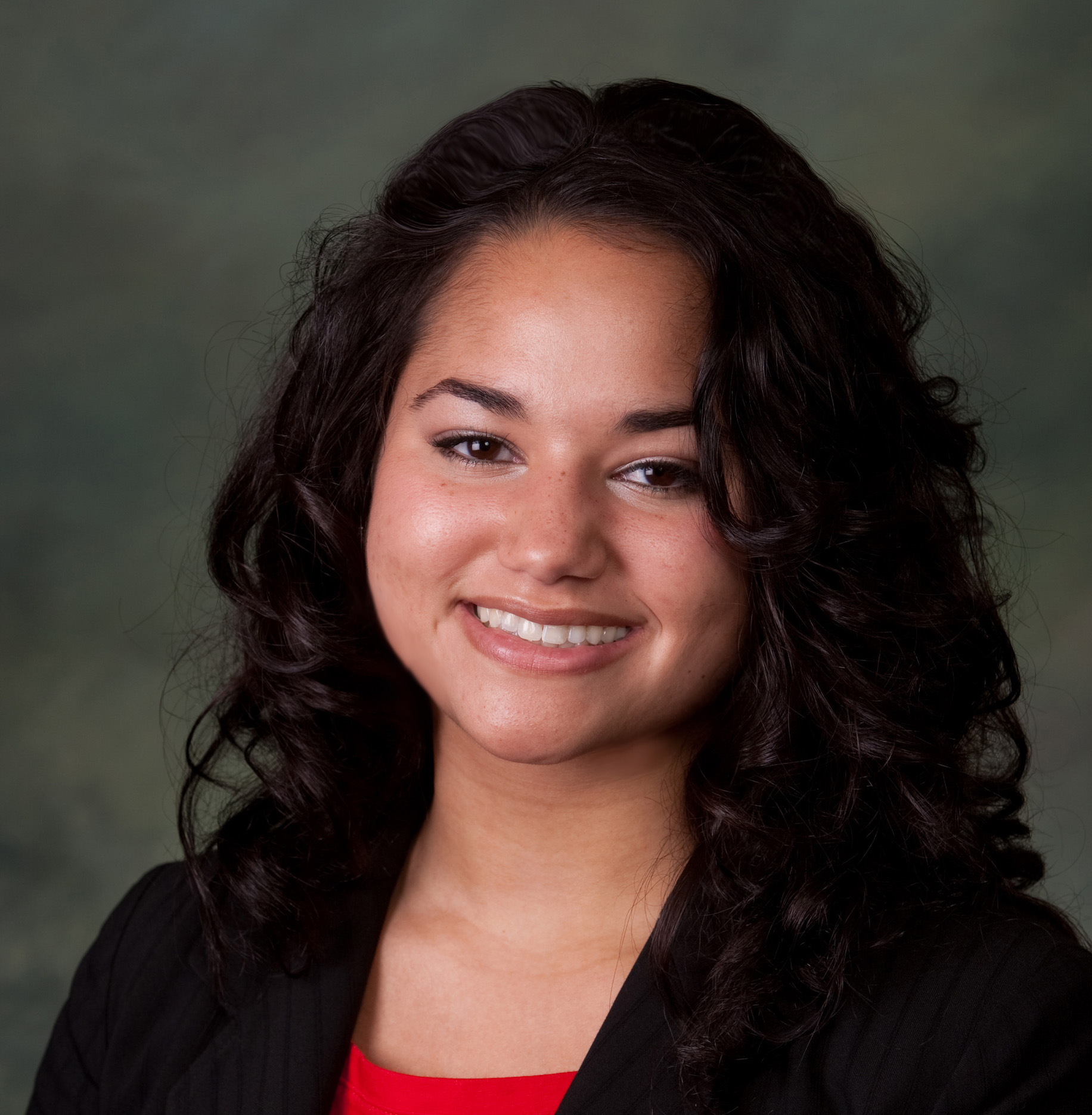First draft editing: Annotations
I use inline annotations while I am writing. Rather than stop to set up a comment or a footnote, I click the annotations icon and type a message to myself, click the button again and carry straight on. I don't let my internal editor interrupt the flow! Annotations: an example This is an extract from my Aide Memmoir novel. While writing, during NaNoWriMo, I needed a few pieces of factual information, but I'd...







